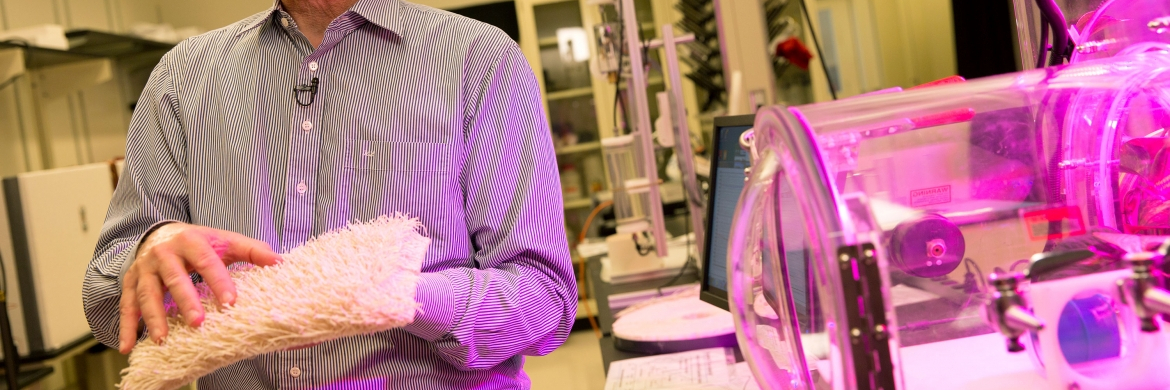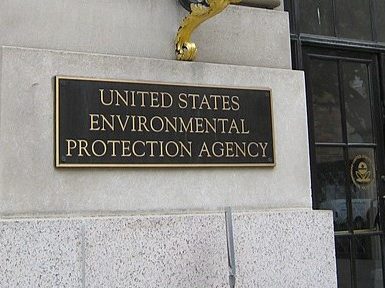
Arizona State University and investors are commercializing “mechanical trees” that are far more effective than forests at removing greenhouse gases.
Klaus Lackner, director of Arizona State University’s Center for Negative Carbon Emissions, designed the technology that allows the captured gas to be sequestered or sold for re-use in a variety of applications, such as synthetic fuels, enhanced oil recovery or in food, beverage and agriculture industries.
The technology is promising because it is affordable and can attack global warming at scale, something missing so far in carbon-capturing solutions.
“I think one good way of thinking about it is as a waste management problem. We are dumping CO2 in the atmosphere and we have to clean it up,” Lackner said.
“Very simply, that’s what our device does. It collects CO2 from the atmosphere and hands it to you in a form you can then process off.”
Pilot program starting with farming emissions
ASU and Silicon Kingdom Holdings (SKH), Dublin, have agreed to build and deploy 12 clusters of the devices that act like trees but are thousands of times more efficient at removing CO2 from the air.
Over the next decade, SKH plans to deploy the technology, called MechanicalTree, at farms globally. A cluster comprises 12 columns and can remove one metric ton of CO2 per day. SKH will deploy the technology in a pilot farm targeting 100 metric tons of CO2 per. The technology will then be deployed to full-scale farms in multiple locations, each capable of removing 3.8 million metric tons annually.
Affordable carbon removal technology
Unlike other carbon-capture technologies, SKH’s MechanicalTree technology can remove CO2 from the atmosphere without the need to draw air through the system that requires energy-intensive devices. Instead, the technology uses the wind to blow air through the system.
Each tree-like column contains a stack of sorbent-filled disks. When the column is fully extended and the disks spread apart, air flow makes contact with the disk surfaces and the CO2 gets bound up. During regeneration, the disks are lowered inside the bottom container. Inside the chamber, the CO2 is released from the sorbent. The released gas is then collected, purified, processed and put to other uses.
Not only are the devices able to scale, they are affordable as well. At full scale, these devices operate with a cost of around $100 per ton.
For these reasons, Popular Science magazine named the devices among the top technology created last year.
Goal to accelerate global climate effort
To reduce existing greenhouse gas from fossil fuels would take tens of thousands of years, Lackner said.
But a two-prong approach could stabilize global warming. Reducing emissions and employing carbon-capturing technology like SKH’s mechanical trees.
“Our goal is to accelerate the global climate effort set out in the Paris Agreement to contribute to reversing global carbon emissions in the next 10 to 15 years,” said Pól Ó Móráin, chief executive officer of SKH. “Our passive process is the evolution of carbon-capture technology, which has the ability to be both economically and technologically viable at scale in a reasonably short time frame.”
To watch a video on these devices, go to MechanicalTree.
















Add comment